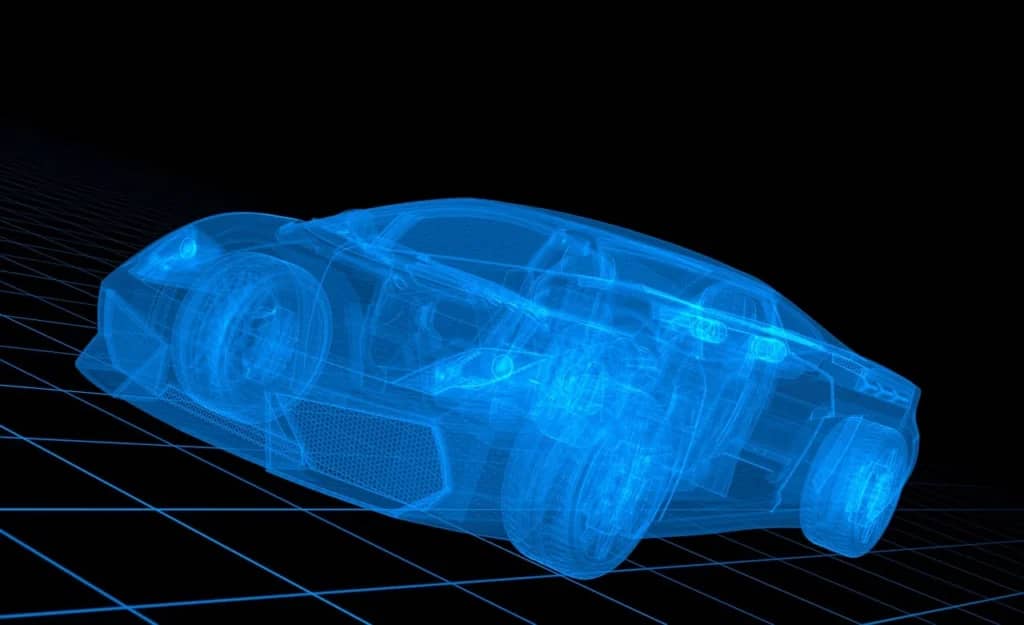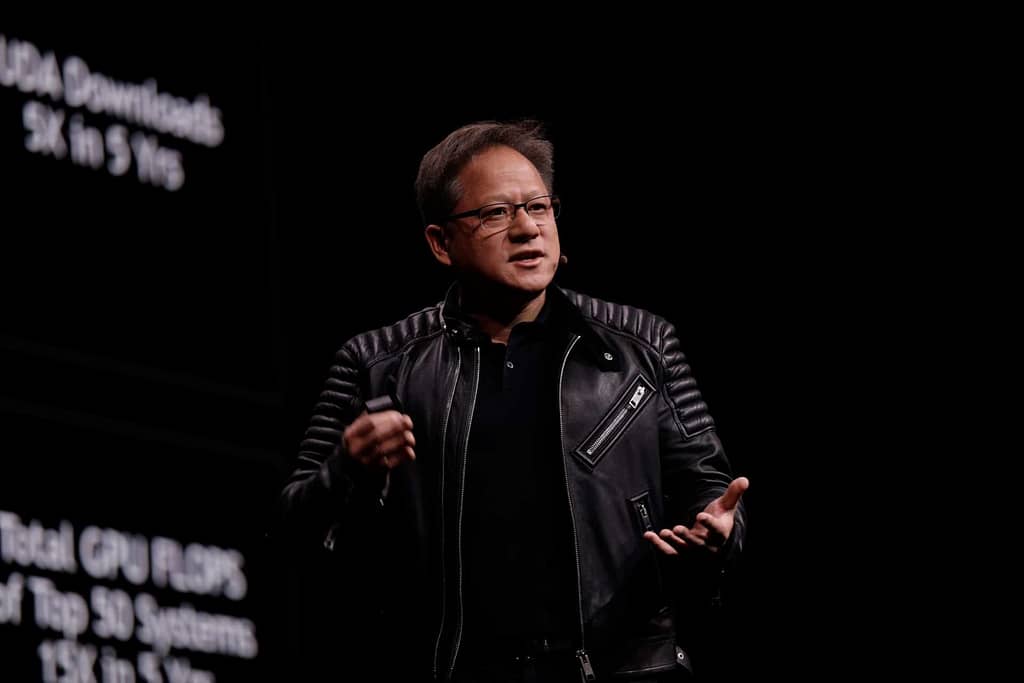The electric vehicles industry has experienced an unprecedented surge in investment, with $6.5 billion dedicated to EVs and projected spending on commercial EVs expected to exceed $1.2 trillion between 2023 and 2030. Consumers worldwide spent nearly $400 billion on electric cars in 2022, and the U.S. is anticipated to welcome one million new EVs to its roads in 2023. However, despite this promising backdrop, a series of challenges are causing EV sales to slow down and vehicles to pile up at dealerships across the United States.
Challenges in the Electric Vehicles
- Range Anxiety and Charging Infrastructure
A significant challenge facing the EV industry is range anxiety, as consumers express concerns about the distance an electric vehicle can travel on a single charge and the lack of public charging infrastructure. This anxiety has deterred potential buyers, forcing them to carefully plan their long-distance travel, creating a hindrance to widespread EV adoption.
- Dealer Perspective vs. Consumer Perspective
A disconnect exists between consumers and dealers regarding the future of EVs. While slightly over half of consumers believe that EVs are the future and will replace combustion engines, less than one-third of dealers share this perspective. Dealers are apprehensive about committing to EVs, despite the government’s push for electrification.
- Softening Sales and Regional Variation
In 2023, EV sales have slowed, and enthusiasm has dampened compared to the pandemic era high in 2021 when 86% of U.S. buyers considered purchasing an EV. The decline in sales is particularly noticeable in some luxury EV brands like Lucid, which experienced weaker-than-expected demand.
- Pricing Challenge
EVs tend to be more expensive than their gasoline counterparts, making them less accessible to the average consumer. Luxury mid-size electric crossovers, for example, typically have higher transaction prices than their gasoline equivalents, creating a barrier to entry.
- Rapid Technological Advancements
The evolving technology in EVs poses a challenge in terms of buyer remorse. Consumers worry that their EVs may quickly become outdated, leading to a feeling of regret as newer, more advanced models enter the market. Additionally, the uncertainty surrounding the longevity of EV batteries can discourage potential buyers.
- Charging Standard Compatibility
A shift towards the Tesla charging standard, known as the North American Charging Standard (NACS), has left some vehicles stuck with an outdated charging outlet. This compatibility issue adds another layer of complexity for both dealers and consumers.
- Government Regulations and Incentives
Government mandates to transition to EVs and the influence of regulatory pressures create tension among consumers who feel that the government is forcing their choices. Revisiting regulations and incentives is suggested by some to alleviate this pressure.

Why Dealerships Are Overstocked with EVs
One of the primary reasons dealerships are overstocked with EVs is the disconnect between consumer demand and the vehicles available on the market. The prices of EVs, although gradually decreasing, are still relatively high compared to gasoline-powered vehicles, making them less accessible to the average consumer. Tesla, which dominates the EV market, has significantly contributed to lowering the average price of EVs, leading other automakers to struggle to compete. Ford, for instance, initially priced its F-150 Lightning at $60,000, well above the $40,000 starting price it had originally planned.
Additionally, rapid technological advancements create buyer remorse, as consumers fear their EVs will quickly become outdated. The uncertainty surrounding the longevity of EV batteries further complicates the situation, as gasoline-powered vehicles typically last well over 20 years, while EVs are reliant on rapidly evolving battery technology.
Charging infrastructure and range anxiety also play a significant role in the EV oversupply at dealerships. Despite the growing number of EV charging stations, many potential buyers remain concerned about the ability to find charging points on long trips.
Moreover, the regional variation in EV adoption is substantial, with economic metrics, pump prices, and home energy rates closely tracking EV adoption rates. In regions with high gasoline prices, consumers are more likely to shift towards EVs, while in areas with lower fuel costs, EV adoption is less prevalent.
The surplus of electric vehicles at dealerships in the U.S. is the result of several interrelated challenges facing the EV industry. From range anxiety and charging infrastructure to dealer-consumer disparities, pricing challenges, and rapid technological advancements, these issues have contributed to a slowdown in EV sales. It is essential for automakers and policymakers to address these challenges to ensure the continued growth of the EV market. As consumers become more accepting of shorter charging times and reduced range, and as charging infrastructure improves, the demand for EVs may rebound, creating a more balanced market.
Additionally, reassessing government regulations and incentives could help ease the transition to electric vehicles and align consumer preferences with industry offerings. Ultimately, finding solutions to these challenges will be critical in ensuring the continued success and adoption of electric vehicles in the United States.




